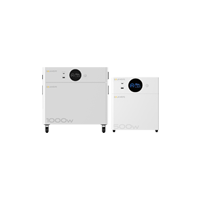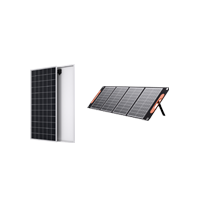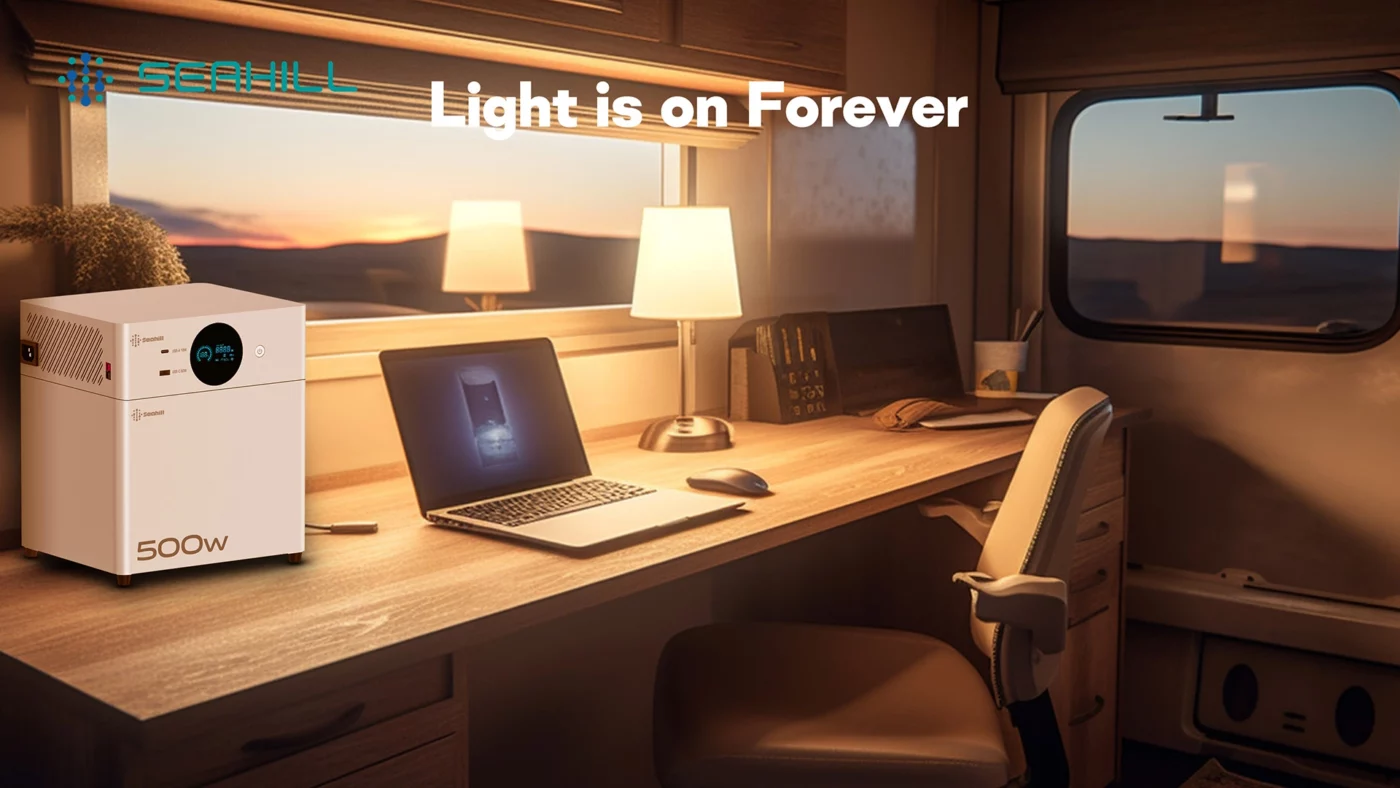Products Related, Seahill Product
Solahope Off-Grid Energy Storage System: A Great Home Backup Power
Solahope Energy has launched a new off-grid energy storage system that provides a great home backup power solution. The S500 and S1000 models come in both lead acid and LiFePO4 versions, each with its own set of advantages and disadvantages. In this article, we will explore the features of both versions, their respective pros and cons, and how they can be used to power your home essentials, your RV, your remote cabin, or even a small business like a food kiosk.
Advantages of Both Versions
The S500 and S1000 off-grid energy storage systems have several advantages in common:
- Outstanding Outlook: The S500 and S1000 systems look just like home appliances, so they won’t stand out or look out of place in your home. The minimalist white shell and LCD screen make for a stylish and modern design that matches any home perfectly.
- Functionality: Both the AC and solar can charge the system, and it has AC outlets, type A and type C outlets, and a screen to show the figures. This makes it highly versatile and easy to use.
- Safe and Reliable: Solahope Energy’s off-grid energy storage system is designed to be safe and reliable, with lead acid being the most stable battery material and LifePo4 the second most stable.
- Affordable: Compared to other similar products in the market, Solahope Energy’s off-grid energy storage system is 25% cheaper, making it an affordable option for many households.
- Multi-Usage Scenario: The S500 and S1000 models are highly versatile and can be used to power various devices, such as home essentials, RVs, remote cabins, and even small businesses like kiosks.
- Replaceable Battery: If the battery needs to be replaced, you don’t have to replace the whole product, which saves money and is more environmentally friendly.
- Working Temperature Range: The S500 and S1000 systems can operate in a wide range of temperatures, from -15 to 45 ℃.
Lead Acid Version
The lead acid version of Solahope Energy’s off-grid energy storage system has the following advantages and disadvantages:
Advantages
- Wide Range of Temperature Adaptability: The lead acid version can be charged in temperatures as low as -10 ℃, making it suitable for use in colder climates.
- Stable: Lead acid batteries are known for their stability.
Disadvantages
- Heavy: The lead acid version is relatively heavy, which can make it difficult to move around or transport.
- Shorter Life Cycles: Lead acid batteries have a shorter lifespan than LiFePO4 batteries, which means they need to be replaced more often.
LiFePO4 Version
The LiFePO4 version of Solahope Energy’s off-grid energy storage system has the following advantages and disadvantages:
Advantages
- Lightweight and Portable: The LiFePO4 version is much lighter than the lead acid version, which makes it easier to move around and transport.
- Longer Life Cycles: LiFePO4 batteries have a much longer lifespan than lead acid batteries, with over 2000 battery life cycles.
Disadvantages
- Higher Price: The LiFePO4 version is more expensive than the lead acid version, which may make it less affordable for some households.
Conclusion
Solahope Energy’s off-grid energy storage system is a great home backup power solution that comes in both lead acid version and LiFePO4 version.
Wondering what it can power, check our next blog.




